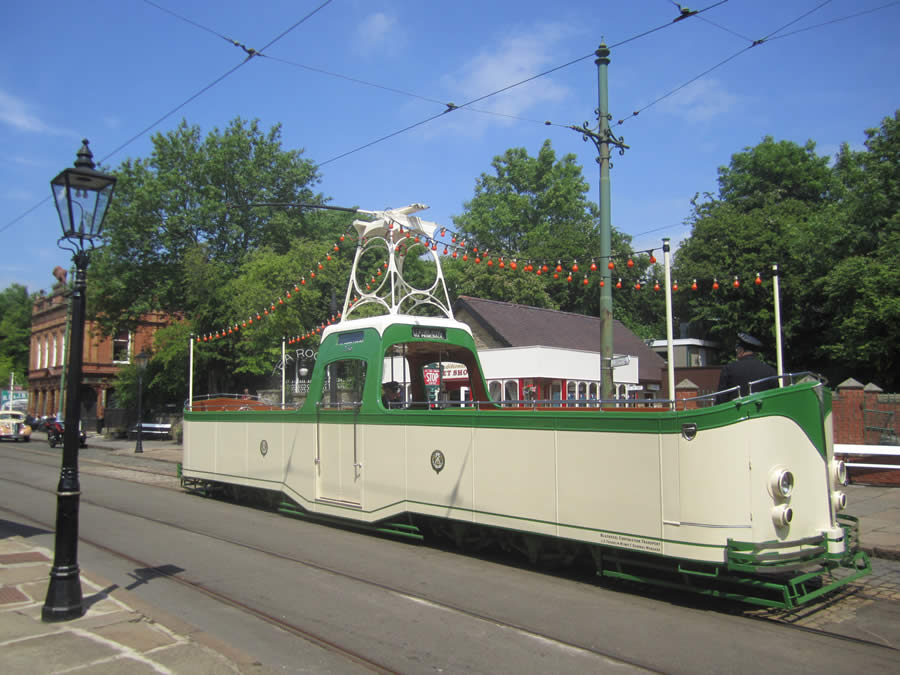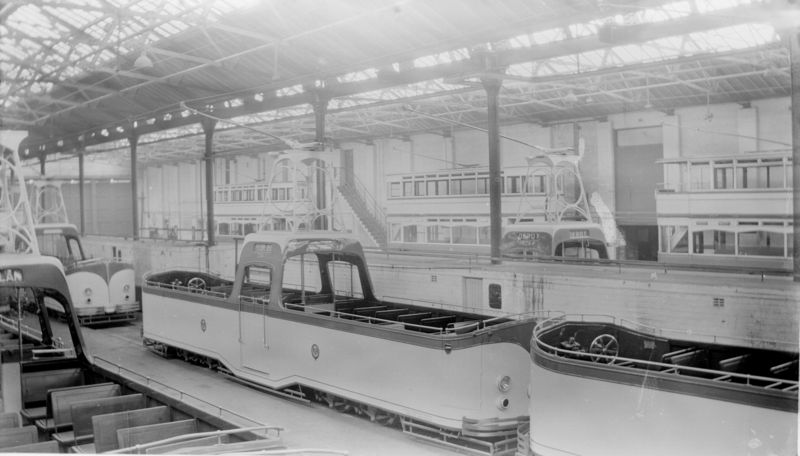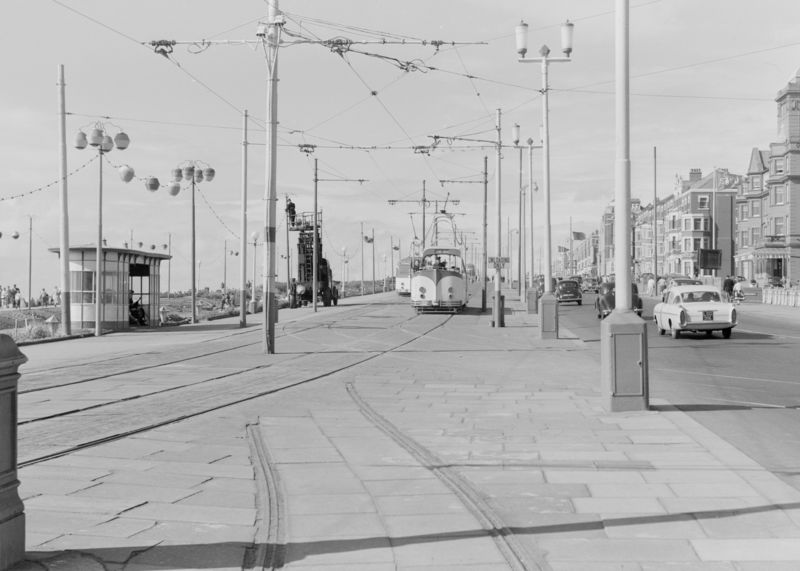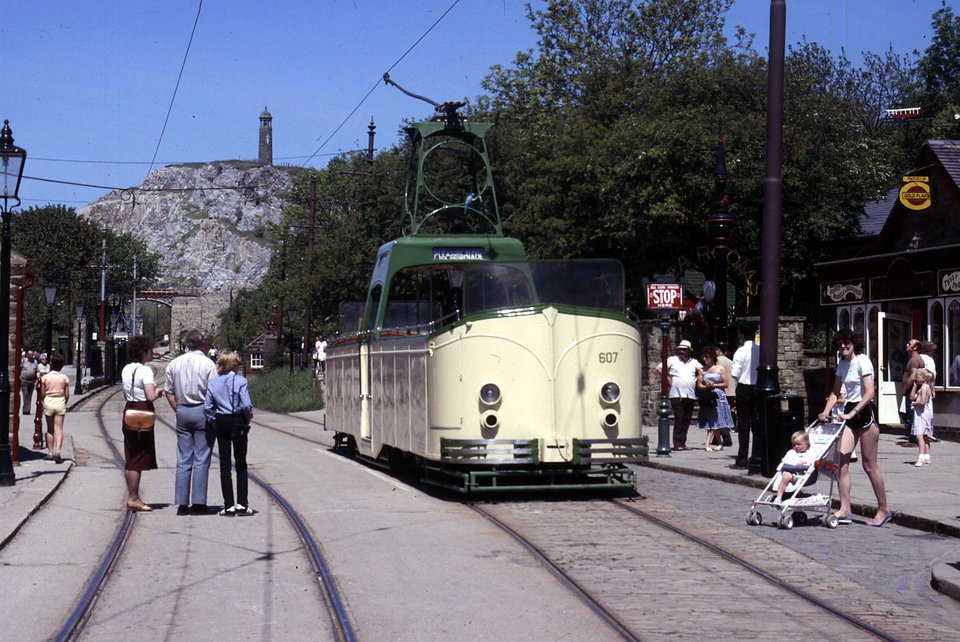Blackpool Corporation No. 236

Photo: Jim Dignan
Towards the end of the 1920s, most of Britain’s first generation tramways were facing a mid-life crisis, with fleets of aging tramcars that no longer met the demands and expectations of passengers, who had experienced the increased levels of comfort and safety associated with the latest in motor bus design and technology. Many tramways succumbed to this increased competition during the 1920s and 1930s and opted for motor buses or trolley buses instead.
Some other systems did manage to rise to the challenge by renewing their fleets and infrastructure, but this was unlikely to happen in the absence of an enthusiastic tramway manager and a supportive tramway committee that was willing to authorise expenditure on the purchase or development of more modern designs of tramcar.
Blackpool Corporation were fortunate in having already agreed to implement a modernisation programme by the time a new general manager, Walter Luff, was appointed, in 1933. Armed with this commitment he devised an ambitious five-year plan to replace virtually the entire fleet with several different types of modern luxury tramcars that were built to a revolutionary streamlined design.
Much of the rest of his tenure (he retired in 1954) was spent implementing this grand design, which enabled Blackpool alone to keep faith with a traditional but modernised British tramway system that lasted until it was replaced by a completely new second generation tramway in 2012.
Specification
- Type of tram
- Type of tram Electric single deck modernised 'toast-rack' tram
- Livery
- Livery Green and cream
- Seating capacity
- 56
- Date built
- 1934
- Date entered service
- August 1934
- Manufacturer of body
- English Electric
- Manufacturer of truck
- English Electric
- Gauge
- 4’ 8½”
- Motor
- EE 327 2 x 40 hp
- Controller
- EE DB1 K53E
- Current collector
- Trolley pole mounted on a ‘trolley tower’ base
- Modification
1958-9 – Perspex windscreens fitted at either end.
November 1959 repainted in simplified cream livery without the green ‘bow waves’.
1968 renumbered as 607; four of the class were scrapped at this time. Temporarily converted to pantograph operation at around this time, but returned to trolley pole operation after complaints from passengers about being showered with grease and dirt when it rained.
Refurbished in the early 1990s.
1996 – repainted in green and yellow livery.- Withdrawn from service
31st July 2004
- Subsequent history
‘Adopted’ by the Tramcar Sponsorship Organisation and Fylde Tramway Society, which raised money for its restoration.
- Restoration history
Restored by Blackpool Transport Services on a commercial contract basis prior to its permanent move to Crich.
- Current status
- Restored to operational condition. Commissioned for service as part of the operational fleet during the current season.
- Date started operating at Crich
- Ran in 1985 as a guest tramcar (numbered 607). First ran as part of the permanent fleet in 2012. Has operated in 13 seasons altogether, including 2023.
- Total mileage covered at Crich
- 13,825
- Current location
- Depots
- 1934 – 1972Fully operational on original tramway
- 1972 – 1976Temporary withdrawal from service on original tramway
- 1976 – 2004Mostly operational on original tramway
- 2004 – 2011In storage
- 2011 – 2012Undergoing restoration
- 2012 –Operational at Crich



